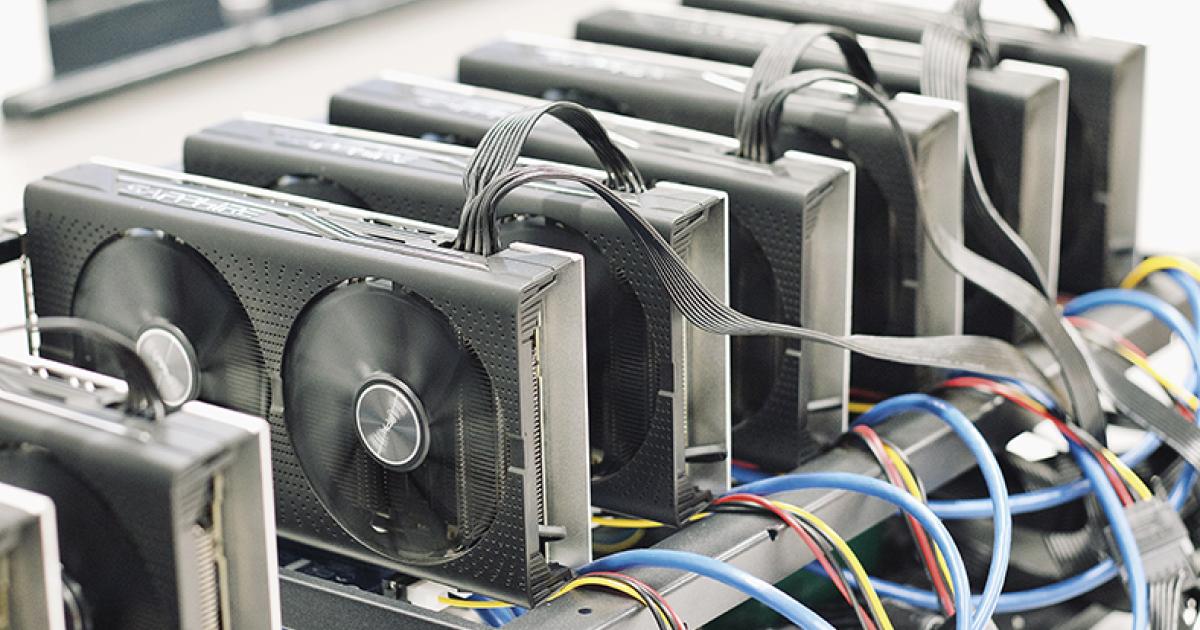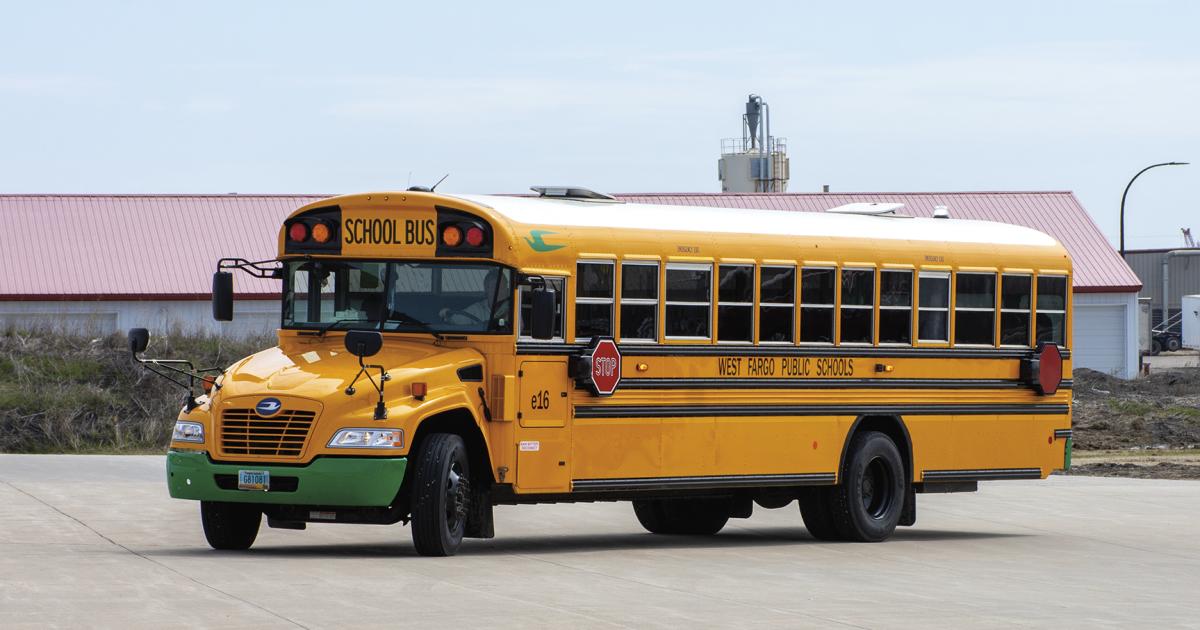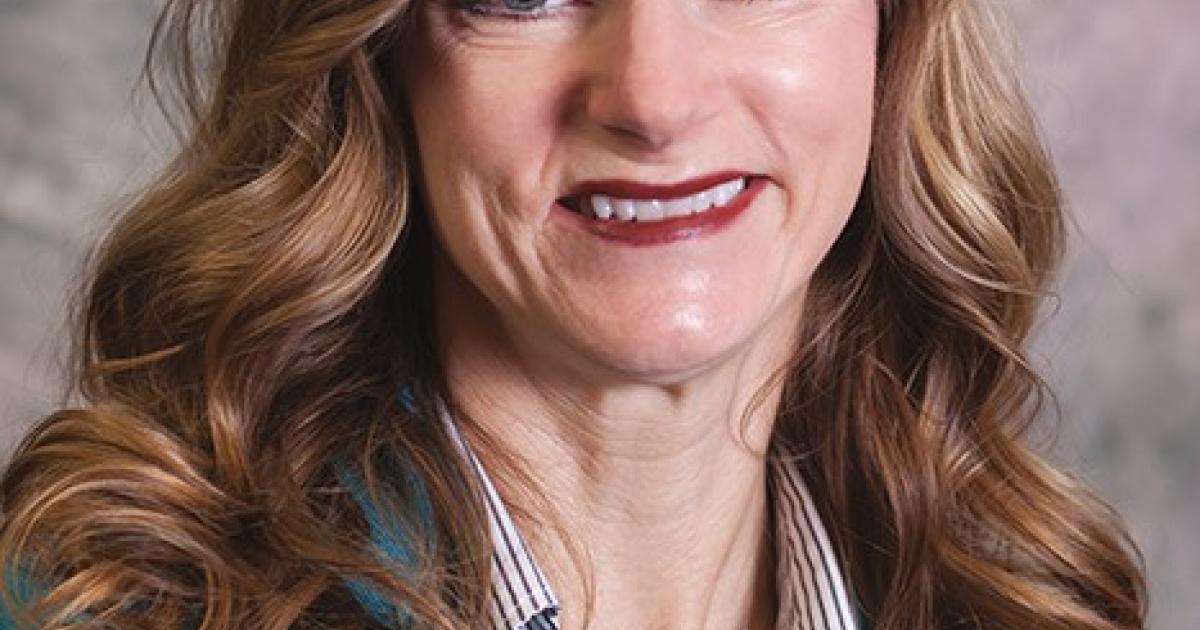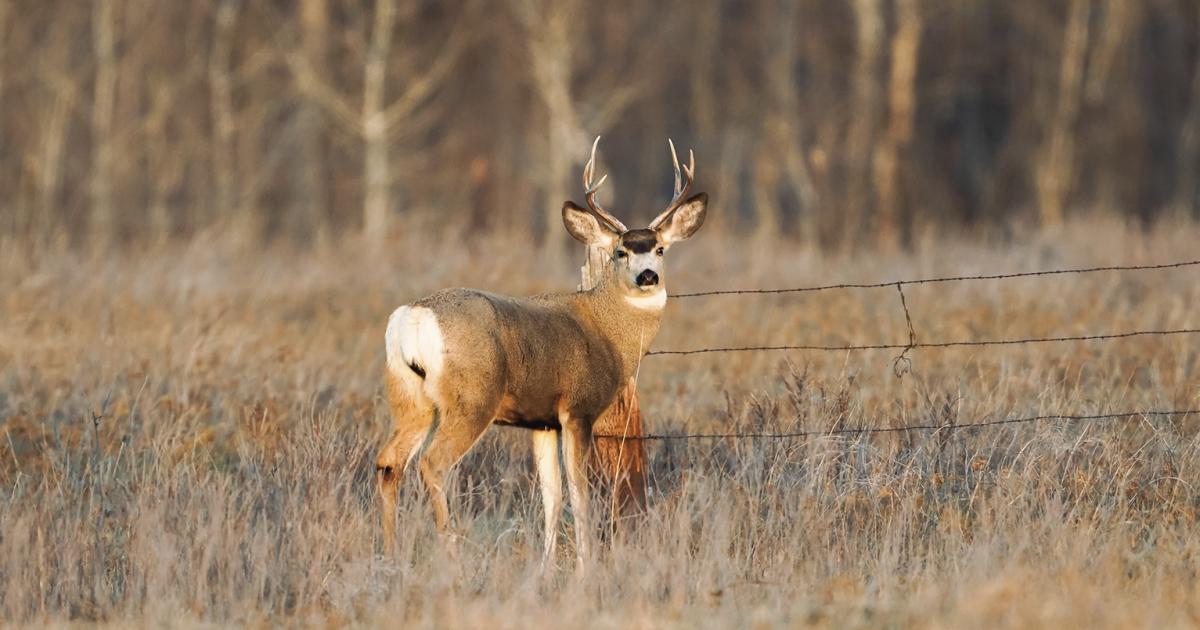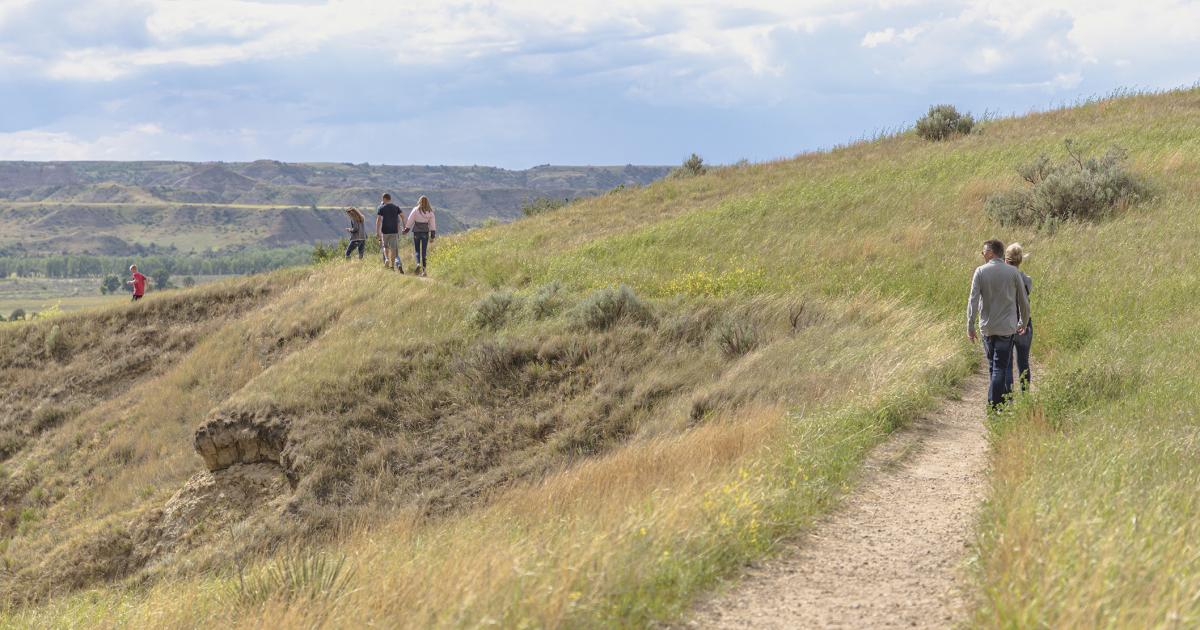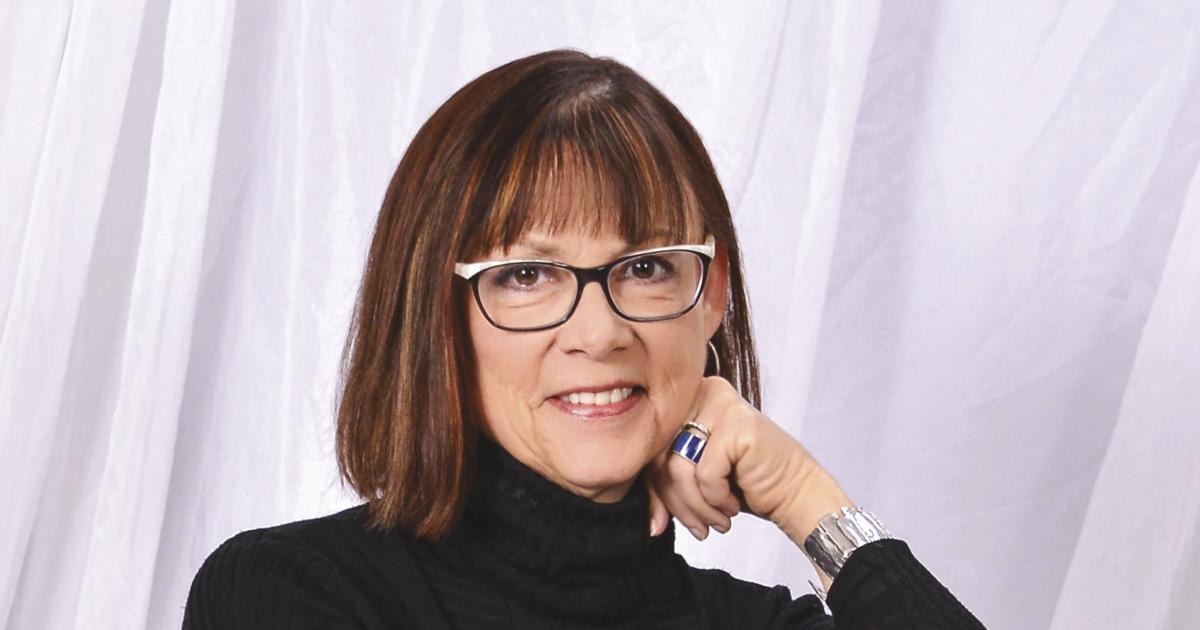What is the value of something you belong to, utilize or support? This is a fair question, and one that often ruminates within organizations and communities. The answer is more complex, however, than assigning a dollar value to a specific item or service.
Value is multifaceted and difficult to quantify. It cannot be measured simply by cost. The intrinsic value of a good or service is often not fully appreciated until it is gone. Take electricity, for example. If a cooperative was asked to provide the cost of electricity, a simple kilowatt-hour rate could be assigned. When asked to provide the value of electricity, or the value of a cooperative to its members and community, the answer is far less simple.
Think about value in the context of your local community. What do you derive value from? Maybe it’s having access to healthy food, emergency services, health care or child care. Or having the infrastructure needed to support families, like good schools and safe parks.
Maintaining access to goods and services can be challenging, especially considering the human capital required to build a strong and functioning rural or “frontier” community.
You might be wondering what I mean by the term, “frontier,” as we’re living in the 21st century. This concept is best explained by a colleague of mine, Lori Capouch, who has spent most of her professional career helping people in rural communities address complex problems. Frontier communities, Capouch explains, are areas with seven or less people per square mile. Two-thirds of North Dakota’s land mass fits this description.
Model businesses that work in rural areas have more challenges in frontier spaces. Small customer bases combined with notable distances between communities limit the types of businesses and services that can thrive in these areas. Unfortunately, many policies are built around the concept of “rural” rather than “frontier” needs. This is why we must educate on the concept and the need for investment in these areas.
Please don’t consider this a nod toward the Buffalo Commons concept floated for much of middle America in the late 1980s. Rather, I think it emphasizes the resilience and grit of North Dakotans, while also acknowledging there are more challenges here than in other places defined as rural. These are things we must understand.
Our state has an abundance of natural resources and resilient people with innovative ideas. These provide a strong combination of potential and tremendous opportunity to maximize the value of what we hold dear. I encourage readers to take time to think about those around you who provide valuable goods and services. Celebrate and thank them for providing the consistent, steady progress required to maintain healthy communities on today’s North Dakota frontier.
___
Josh Kramer, editor-in-chief of North Dakota Living, is executive vice president and general manager of NDAREC. Contact him at jkramer@ndarec.com.



